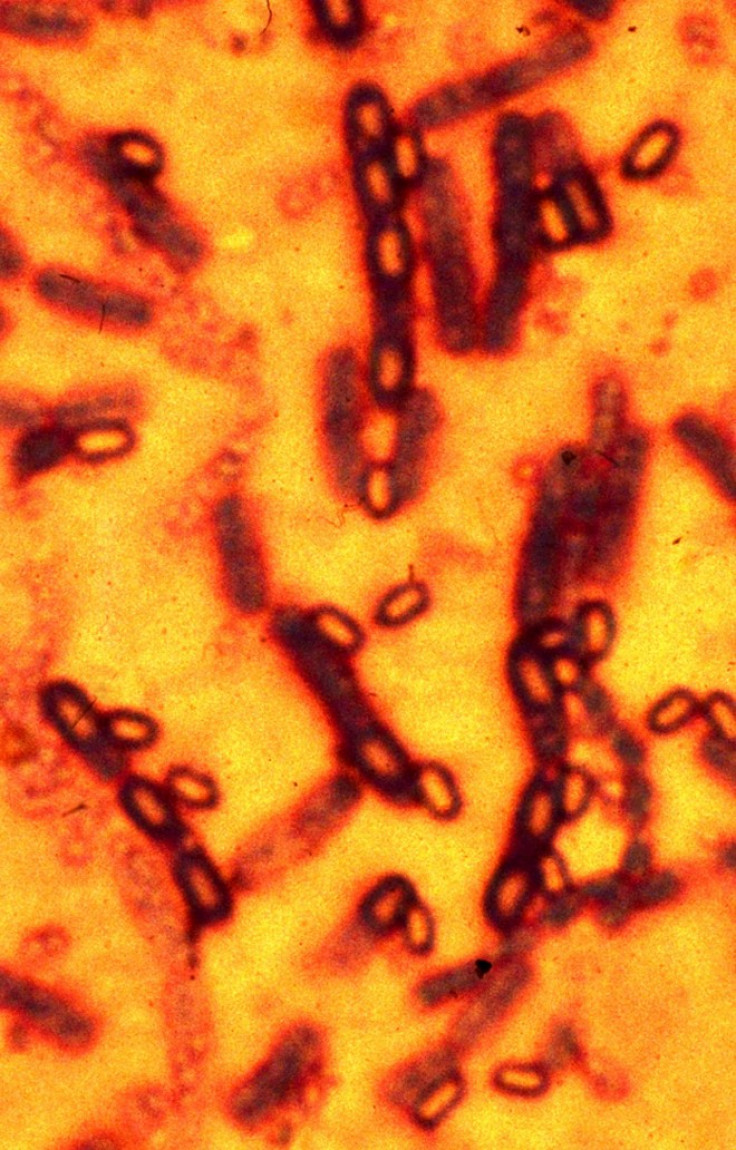US Army's gift to the world: Live anthrax now found in three nations — and possibly Pentagon

The Pentagon's live anthrax blunder just keeps growing. Military officials have now discovered an Army lab has shipped live anthrax to three countries and 12 states, and it may be festering right inside the Pentagon, reports CNN.
Investigators are still stumped about how many other live samples may have been sent from the Dugway Army lab in Utah.
Suspicious samples were shipped to the Pentagon Force Protection Agency, which serves as security for the building. The agency uses such spores to test its biosecurity mesasures. The sample was supposed to be dead anthrax, but it was from one of three original lots, all of which have now been discovered to contain live anthrax, says CNN. Investigators are still conducting tests on the Pentagon shipment.
Canada and Washington state received deadly spores
In other new information, an ongoing investigation has found some live anthrax went to two laboratories in Canada and one in Washington state, marking the third country and 12th state to receive the potentially deadly bacteria.
"The department is in the process of determining the scale and scope of this," said Department of Defence spokesman Army Colonel Steven Warren. Investigators are trying to determine if the shipments were an accidental blunder or if they were deliberately sent.
Last week, the Pentagon acknowledged sending anthrax, including several live samples, to at least 24 laboratories in 11 states, a US military base in South Korea, and a commercial lab in Australia. At least 20 military personnel are being monitored for any signs of anthrax.
In 2001, a series of anthrax-infested letters were mailed to key senators and media personalities, killing five people and exposing nearly 30,000 to the lethal spores. The FBI's main culprit: Army biodefence researcher Bruce Ivins.
© Copyright IBTimes 2024. All rights reserved.






